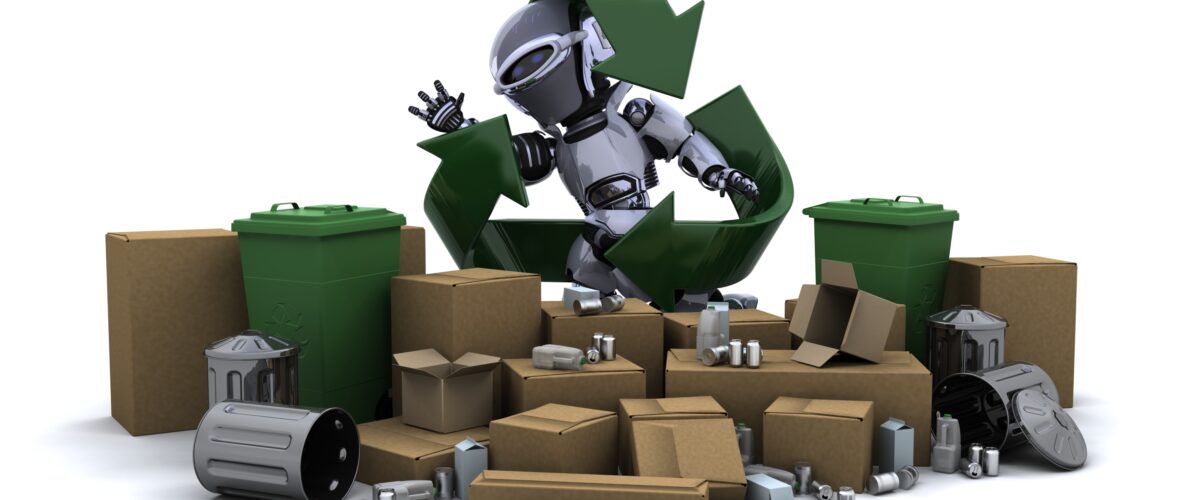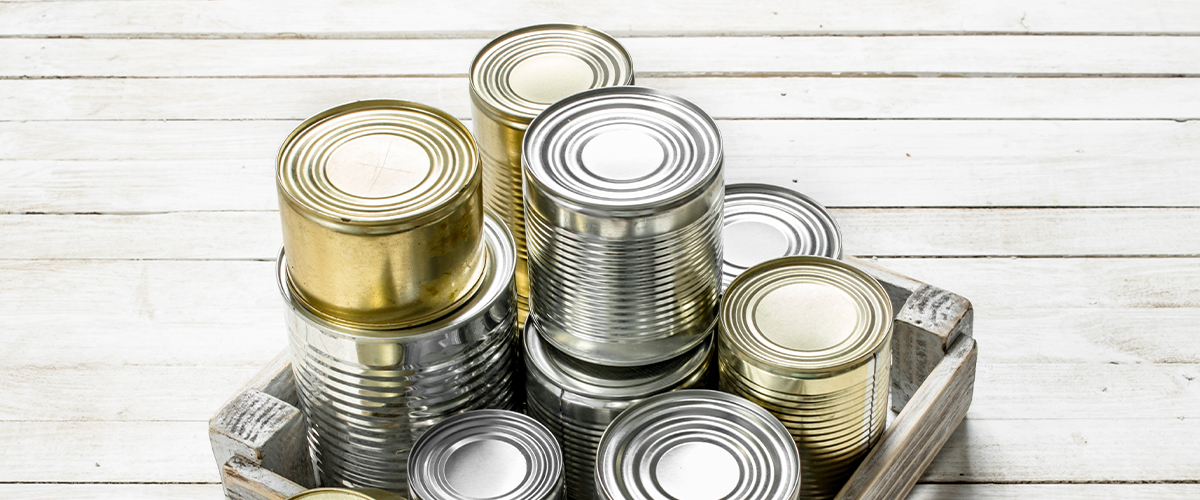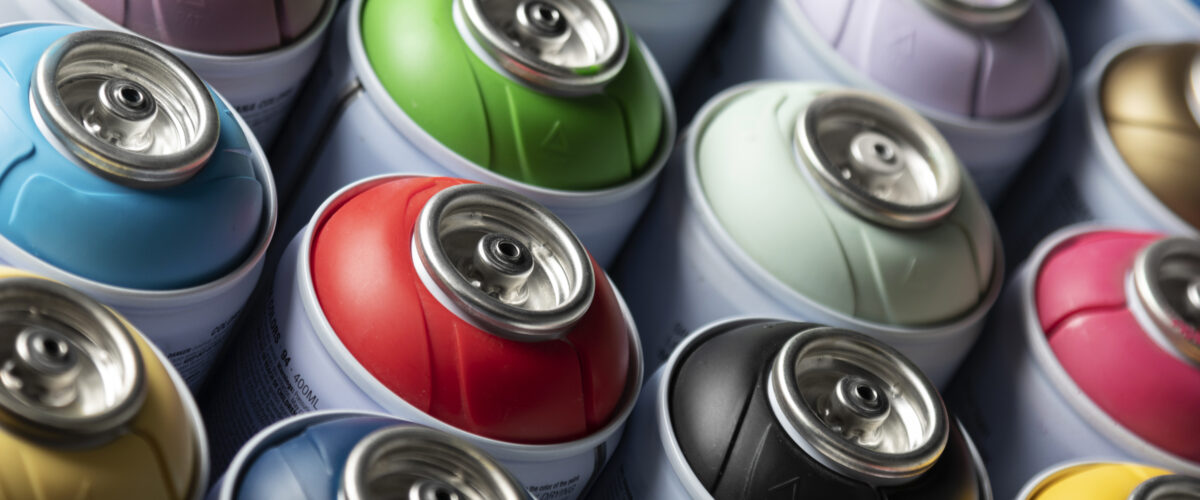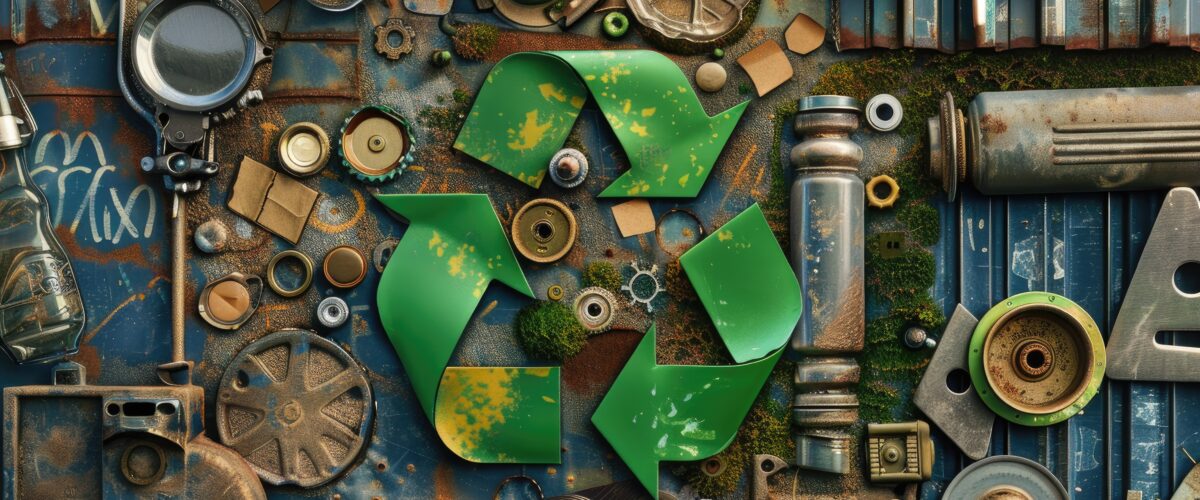Arizo Global’s Commitment to a Greener Tomorrow
In today’s fast-paced industrial world, one thing remains certain—sustainability is not a choice, it’s a necessity. With global metal consumption at an all-time high and mining practices taking a toll on our environment, metal recycling has emerged as a crucial pillar of circular economy practices.
At Arizo Global, we are not just traders of high-quality metals—we are advocates for responsible sourcing, recycling, and environmental stewardship. This blog sheds light on why metal recycling matters more than ever, how it works, and the immense value it brings to industries, communities, and the planet.
The Environmental Impact of Virgin Metal Extraction
Extracting metals from the earth—known as mining—is an energy-intensive process that leaves a significant carbon footprint. It contributes to:
- Deforestation
- Soil erosion
- Water contamination
- Excessive energy consumption
- Greenhouse gas emissions
Producing one ton of virgin aluminum, for instance, requires nearly 14,000 kWh of energy. Compare that to recycling aluminum, which uses 95% less energy. It’s a no-brainer—metal recycling is the sustainable path forward.
What Is Metal Recycling?
Metal recycling involves collecting, processing, and reusing metal waste to manufacture new products. Unlike many materials, metals can be recycled indefinitely without losing their properties. This makes them a key player in achieving long-term sustainability goals.
The process generally involves:
- Collection: Gathering scrap from construction sites, consumer products, demolished vehicles, etc.
- Sorting: Separating ferrous (iron-based) and non-ferrous (copper, aluminum, brass, etc.) metals.
- Shredding: Breaking down metals into smaller pieces for easier melting.
- Melting: Using high-efficiency furnaces to liquefy the metal.
- Purification: Removing impurities through electrolysis or other methods.
- Solidifying: Pouring the purified metal into molds for reuse in manufacturing.
The Economic Benefits of Metal Recycling
At Arizo Global, we view recycling not only as an ecological responsibility but also as a smart business strategy. Here’s why:
- Cost savings: Using recycled metals reduces production costs significantly.
- Job creation: The recycling sector generates thousands of jobs in collection, processing, and logistics.
- Market stability: Recycling reduces dependence on imports and stabilizes raw material prices.
- Industrial efficiency: Recycled metals integrate seamlessly into manufacturing processes across sectors like automotive, construction, aerospace, and electronics.
Metals Commonly Recycled by Arizo Global
We specialize in sourcing and recycling both ferrous and non-ferrous metals:
- Aluminum: Widely used in packaging, automotive, and aerospace industries.
- Copper: A vital metal in electronics, wiring, and renewable energy systems.
- Steel: Reused across infrastructure, heavy machinery, and shipbuilding.
- Brass and Bronze: Valuable in plumbing, tools, and decorative items.
- Lead and Zinc: Common in batteries and protective coatings.
Our recycling operations adhere to international quality standards, ensuring that recycled metals meet or exceed industrial requirements.
Arizo Global’s Role in Circular Metal Economy
We believe in closing the loop. Our integrated approach includes:
- Partnering with manufacturers to recover scrap at source
- Setting up supply chain networks for global scrap procurement
- Investing in state-of-the-art recycling technologies
- Supporting regulatory compliance and environmental audits
- Educating industries and governments on the value of recycling
Our trade expertise and commitment to green practices make Arizo Global a trusted partner for clients looking to balance performance with sustainability.
From Waste to Wealth: Our Global Reach
Arizo Global operates across key markets in Asia, the Middle East, and Africa, facilitating the responsible trade of metals and scrap materials. Our logistics network ensures:
- Timely collection and transportation of recyclable materials
- Safe handling and quality assurance during processing
- Reliable delivery of recycled metals to manufacturers worldwide
Through these efforts, we help businesses reduce their carbon footprint, meet ESG goals, and contribute to global climate action.
Key Stats That Speak for Themselves
- 70 million tons of steel are recycled annually worldwide
- Recycled aluminum saves 95% energy compared to virgin production
- Recycling one ton of metal prevents up to 2 tons of CO₂ emissions
- Over 90% of copper in use today has been recycled at least once
The Future of Metal Recycling
With technologies like AI-driven sorting, IoT tracking, and robotic automation, the future of metal recycling is not just greener—it’s smarter. Arizo Global is actively exploring partnerships and innovations that accelerate:
- Smart metal recovery from e-waste
- Automated scrap yard operations
- Blockchain-based traceability for recycled materials
We see a world where metal never becomes waste—only opportunity.
Final Thoughts: Building a Circular Future with Arizo Global
Metal recycling isn’t just an industry trend—it’s a necessity for a sustainable tomorrow. Whether you’re a manufacturer, a construction firm, or a government agency, embracing recycling is your ticket to cost savings, environmental compliance, and long-term resilience.
Arizo Global is here to lead the way—turning scrap into opportunity, waste into wealth, and industry into sustainability.














